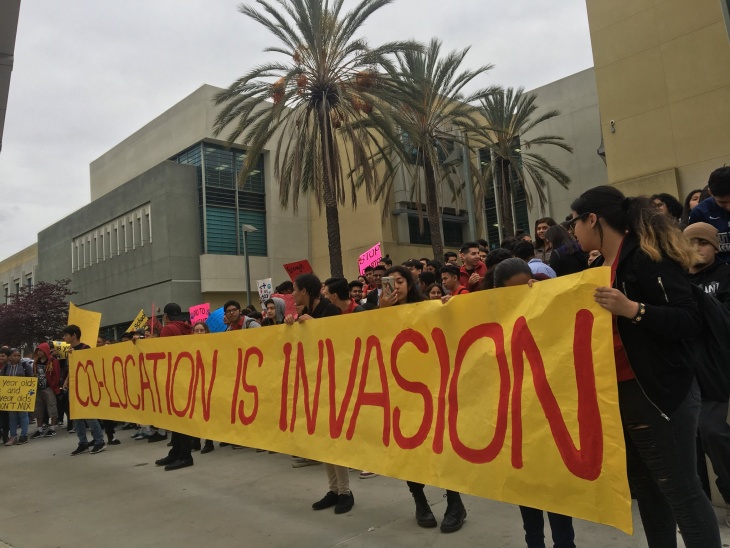Betsy DeVos Enlists Help Of Kellyanne Conway And American Enterprise Institute To Sell $5 Billion School Choice Program
On Tuesday, Secretary of Education Betsy DeVos and presidential adviser Kellyanne Conway sat down with Rick Hess of the American Enterprise Institute to make one more pitch for DeVos’s Education Freedom Scholarships. The program seems unlikely to succeed on the federal level.
What Is She Selling?
The EFS are what’s known as a tax credit scholarship. Several states have them, and they work like this: a donor gives money to a scholarship organization, then that program issues a scholarship for a student to attend a school, while the government credits some portion of the donation against the donor’s tax bill. In the case of DeVos’s program, the amount would be 100%. If I donate $100,000 to a scholarship organization, I pay $100,000 less in federal taxes.
What Are The Problems With Her Program?
DeVos has been plugging the program with variations of the following quote from Tuesday’s discussion:
“Our Education Freedom Scholarships proposal…doesn’t grow the government bureaucracy one tiny bit…It doesn’t impose any new requirements on states or on families. It doesn’t take a single dollar from public school students, and it doesn’t spend a single dollar of government money. And it doesn’t entangle schools with federal strings or stifling red tape. In fact, it can’t. And that’s by design.”
None of these statements are accurate. The program would certainly CONTINUE READING: Betsy DeVos Enlists Help Of Kellyanne Conway And American Enterprise Institute To Sell $5 Billion School Choice Program














